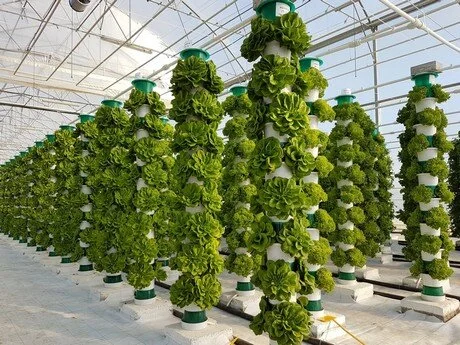Climate change has become a major issue for the world today, and cement production plays a significant role in contributing to carbon emissions. The process of making cement releases large amounts of carbon dioxide (CO2), making it one of the most polluting industries globally. However, researchers may have found a promising solution to reduce its environmental impact. Scientists from Northwestern University have developed a new approach that involves using a carbonated water solution to trap CO2 within the cement during production. Their findings suggest that nearly 45% of the injected carbon dioxide is successfully stored in the material, potentially lowering the overall emissions from cement manufacturing. If widely adopted, this innovation could play a crucial role in making the construction industry more sustainable and reducing the carbon footprint of urban development.
This method not only helps trap CO2 but also improves the strength and durability of the concrete, making it a practical solution for builders. Traditional cement production contributes to about 8% of global CO2 emissions, so even a partial shift to this new technology could have a significant impact. Additionally, using captured CO2 in cement production provides a way to repurpose emissions that would otherwise be released into the atmosphere. Other researchers are exploring similar techniques, such as incorporating industrial byproducts like fly ash or slag to further reduce the carbon footprint of concrete. Governments and environmental organizations are also showing interest in supporting sustainable building materials through policies and incentives.
Despite its potential, there are still challenges to implementing this approach on a large scale. The cost of producing carbon-infused cement may initially be higher than conventional methods, which could slow its adoption. However, as technology advances and demand for eco-friendly materials increases, production costs are expected to decrease. Large construction companies and infrastructure projects could play a key role in driving the shift by adopting these new materials. Furthermore, regulations limiting carbon emissions from construction industries could encourage widespread use of CO2-trapping concrete. Research is ongoing to improve the efficiency and scalability of this method, ensuring that it can be applied to various construction projects globally.
In conclusion, while cement production remains a major contributor to global carbon emissions, innovative solutions like CO2-trapping concrete offer a promising way to mitigate its impact. By capturing and storing carbon dioxide within the material itself, this technology has the potential to significantly reduce emissions while also improving the performance of concrete. Although challenges remain in terms of cost and large-scale adoption, continued research, policy support, and industry investment can help drive this transformation. If implemented widely, CO2-trapping cement could become a crucial tool in the fight against climate change, paving the way for a more sustainable future in construction and urban development.
https://interestingengineering.com/innovation/scientists-create-carbon-sucking-cement
https://trellis.net/article/carbon-sucking-concrete-capturing-attention-and-funding/
TAKE ACTION:
https://www.ri.se/en/how-concrete-can-become-a-carbon-sink
https://www.nprillinois.org/2023-12-07/a-concrete-solution-to-climate-change





